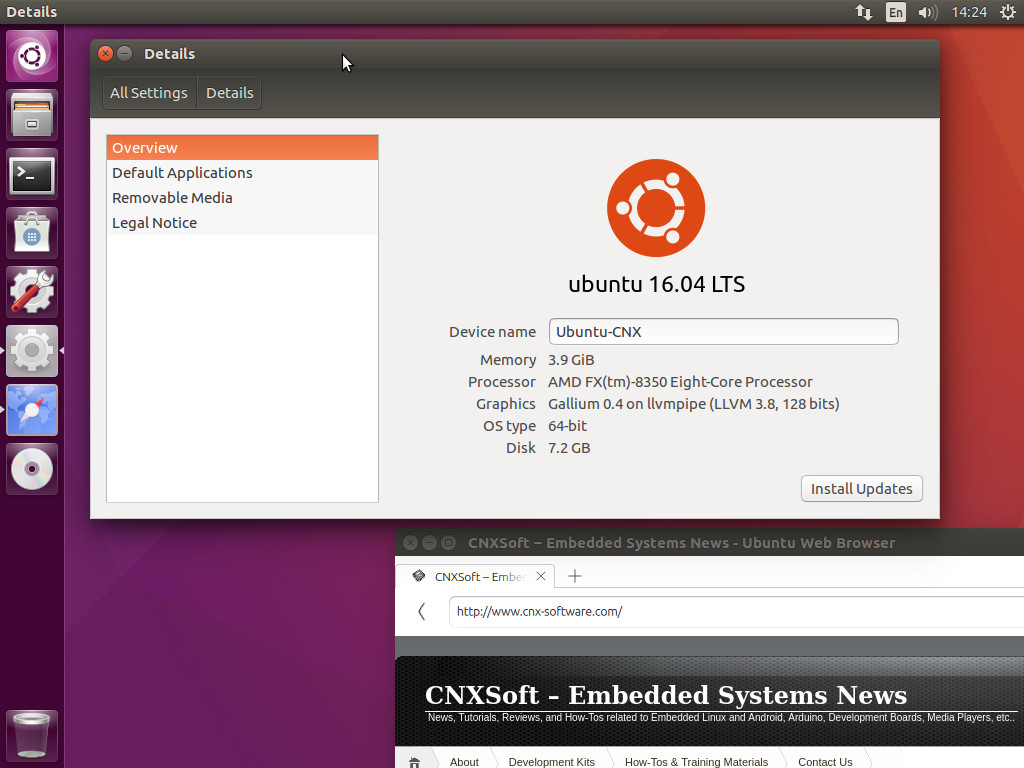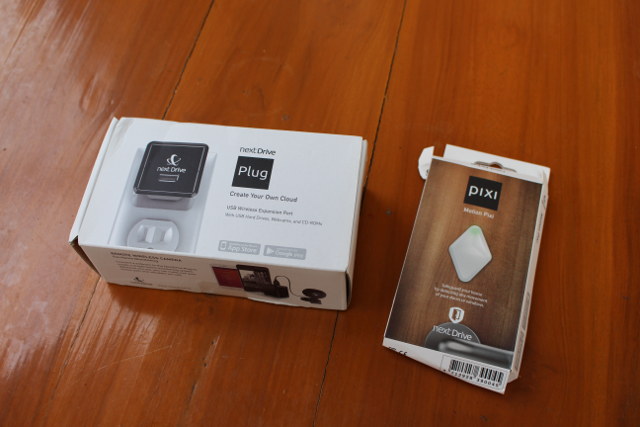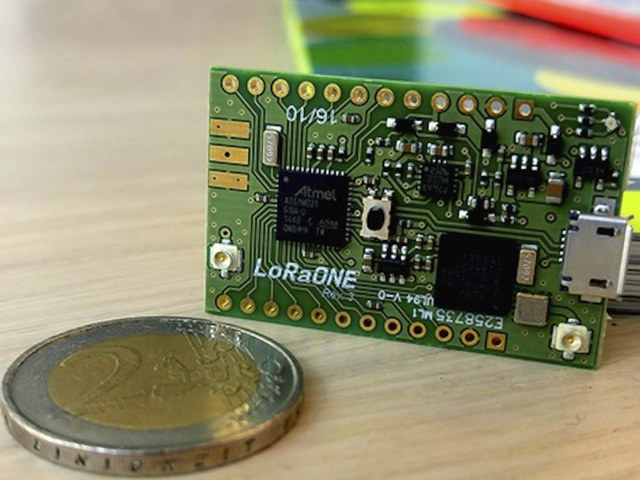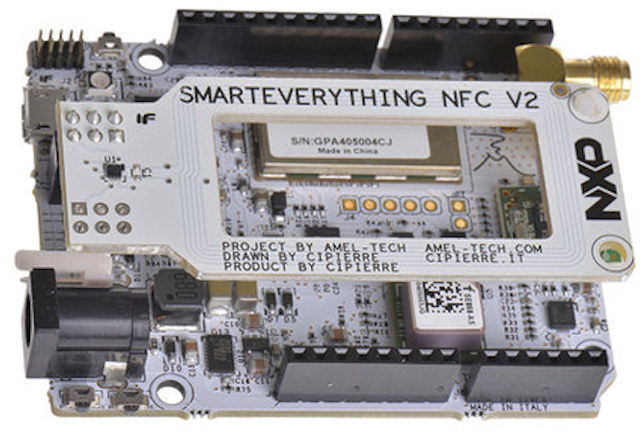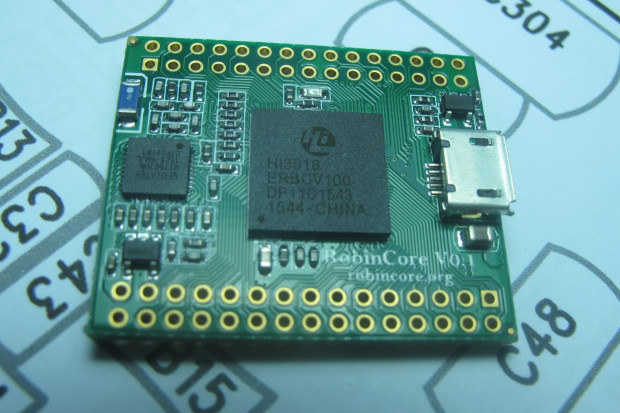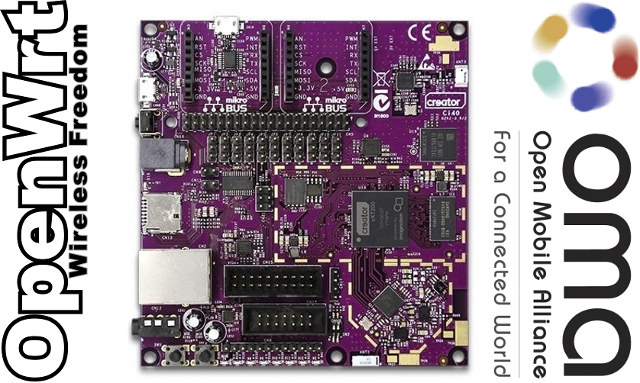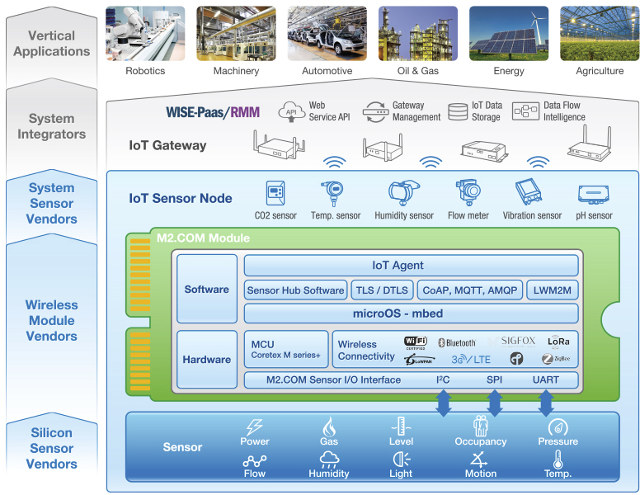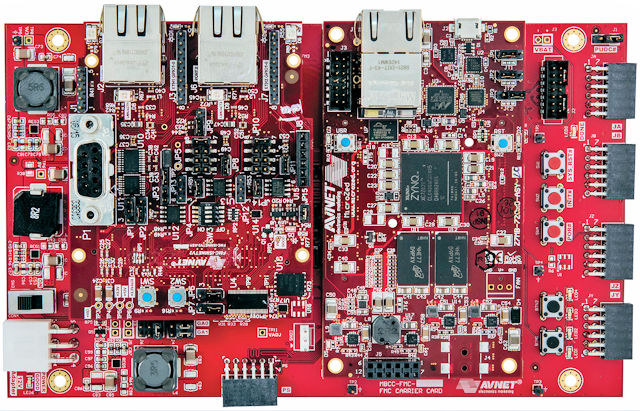Ubuntu 16.04 Long Term Support (LTS) release of the popular Linux distribution is scheduled for later today. The release codenamed Xenial Xerus will feature ‘snap’ package format, LXD pure-container hypervisor, and be the very first release with support for converge with IoT, phone, desktop and server versions running on the same base. Some of the key changes listed by Canonical include: Introduces “snaps” for new robust, secure app format which can still be used along ‘deb’ packages Introduces LXD pure-container hypervisor with OpenStack Mitaka Supports IBM Z and LinuxONE systems with flat pricing Steps towards converged Ubuntu across IoT, Phone, Desktop and Server Introduces ZFS and CephFS for large-scale cloud storage Ubuntu 16.04 will also run updated version of packages with Linux 4.4, Python 3.5, OpenSSH 2.0, PHP 7.0, MySQL 5.7, etc.. More details about the changes can be found on Xenial Xerus release notes. I’ve also noticed the system […]
Mini Review of NextDrive Plug for Private Cloud Storage and Home Security
NextDrive Plug is an ARM based plug computer that’s used to store your photos or music, and/or as a security system using a webcam combined with Pixi motion sensor. They had a successful crowdfunding campaign, and now that they’ve sent rewards to backers, I’ve also received NextDrive Plug and Pixi for evaluation. The courier was not particularly gentle with the packages, but the devices themselves were not damaged. NextDrive Plus package included the box, a US plug, and a user’s manual in English. Pixi comes with two 3M stickers, and a user’s manual. There’s also a plastic film to avoid depleting the battery, that you’ll need to remove before using the sensor. The interfaces on the plug are minimal with a USB port for a USB mass storage device (HDD, flash drive…) and/or a UVC webcam, and the socket for the power plug adapter on the back.You can then plug […]
LoRaONE is a Small LoRa IoT Development Board Based on Atmel SAMD21 MCU, Microchip LoRaWAN Module (Crowdfunding)
While there are many long range LPWAN standards, LoRa appears to be one of the most popular with boards such as LoPy, and now SODAQ LoRaONE module hitting crowdfunding campaigns. LoRaONE is powered by an Atmel Cortex M0+ micro-controller, features Microchip RN2483 or RN2903 LoRaWAN module, GPS, and various sensors. LoRaONE board specifications: MCU- Atmel ATSAMD21G18 ARM Cortex M0+ micro-controller @ 48 MHz with 256 KB flash memory, 32KB SRAM, and up to 16 KB EEPROM (by emulation) Connectivity LoRa via Microchip RN2483 (433/868 MHz) or RN2903 (915 MHz) module depending on your region GPS via u-blox EVA 7M USB – 1x micro USB port for power and programming Expansion headers (unpopulated) 14x digital pin, 12x for analog and 8x for PWM, plus UART, SPI and TWI (I2C) Analog output pin – 10-bit DAC External Interrupts: Available on all pins DC Current per I/O pin: 7 mA Operating Voltage – […]
SmartEverything is a Feature-Packed IoT Board with SigFox, Bluetooth LE, NFC and GPS Connectivity, Plenty of Sensors
Atmel MCU Madness is an informal competition on Twitter where people vote for their favorite development boards. We are now at the quarter finals, and beside the usual suspects such as Raspberry Pi and ESP8266 boards, I also noticed one board that I had never heard of: AXEL Elettronica’s SmartEverything based on Atmel SAM D21 Cortex M0+ and featuring SigFox, BLE, NFC, and GPS connectivity, as well as various sensors such as humidity and temperature, 9-axis motion sensor, and so on. SmartEverything board specifications: MCU – Atmel SAM D21 ARM Cortex-M0+ MCU @ 48 MHz with 256KB Flash, 32KB SRAM Connectivity SIGFOX via Telit LE51-868 S SIGFOX 868 MHz Wireless Module with 12 months of network access included Bluetooth 4.0 LE via TDK SESUB-PAN-T2541 module based on Texas Instruments CC2541 NFC via NXP NT3H1101FHK NFC with separate antenna (included) GPS/GNSS via Telit Jupiter SE868-A GPS/GNSS module with integrated antenna. Supports […]
$15 RobinCore WiFi IoT Module Runs OpenWrt, Supports 720p Video Encoding (Crowdfunding)
Do you remember VoCore? It was a low cost OpenWrt WiFi IoT module based on Mediatek RT5350 processor, that had a very successful crowdfunding campaign managed by a single developer, and the project is still going strong with VoCore2 being in the works. Another developer had the idea of doing something similar but based on HiSilicon Hi3518 ARM9 processor with more memory and support for 720p video encoding making it suitable for HD drone camera, compact video cameras, and so on. Meet RobinCore. RobinCore specifications: SoC – Hisilicon Hi3518E ARM926 processor @ 440MHz with H.264 encoder(720p@30fps) System Memory – 64MB DDR2 Storage – 16 MB NOR flash Connectivity – 802.11 b/g/n WiFi via Mediatek MT7601U with on-board chip antenna Debugging – micro USB port Expansion – 2x 30-pin 2.0mm pitch through holes with access to 10/100M Ethernet, UART, I2C, SPI, SDIO, ADC, PWM, JTAG and GPIOs Power Support – 5V […]
Imagination Releases OpenWrt and LWM2M Stack Source Code for MIPS Creator Ci40 Development Board
MIPS Creator Ci40 is a development board made by Imagination technology that features the company’s Creator cXT200 “Pistachio” SoC with a dual core MIPS interAptiv processor @ 550MHz and Ensigma C4500 RPU for 802.11ac/ BT 4.1 LE connectivity. The boards are supposed to be shipped to Kickstarter backers in April, but in the meantime, the company has released the source code for OpenWrt distribution as well as LWM2M stack for the board. OpenWRT source code is available in OpenWrt repo in FlowM2M gitbub account. Building the code for MIPS Creator Ci40 is quite straightforward:
|
1 2 3 |
git clone https://github.com/FlowM2M/openwrt cd openwrt make menuconfig |
Select IMG MIPS Pistachio in make menuconfig, save the settings, and then run make to build OpenWrt for the board. This will also build the toolchain, so you don’t need to install any before hand. LWM2M stands for Lightweight Machine to Machine, and is a protocol from the Open Mobile Alliance (OMA) for M2M / […]
M2.COM is a Standard for IoT Sensors Based on M.2 Form Factor
The IoT ecosystem really feels like a jungle now, not because of a lack of standards, but because everybody thinks about doing their own, so we’ve ended up with a wide range of communication protocols, initiatives, and consortia, and it will take some time until the winners and losers are sorted out. One the of the latest standard is M2.COM platform form factor for sensors that “adopts the standardized M.2 form factor and is defined as an evolutionary module that combines general wireless connectivity with additional built-in computing ability powered by MCU”. M2.COM architecture diagram above describes both software and hardware requirements, but the specifications themselves only define the form factor, as well as mechanical and electrical characteristics: Consistent with M.2 standard Module size: 22 mm x 30 mm PCB thickness: 0.8 mm ± 10% Pin count: 75 pins Module input voltage: 3.3V DC-in Connector mating force: 30N Maximum Connector […]
Avnet Introduces Zynq Based MicroZed Industry 4.0 / IIoT Ethernet Kit
There’s a lot of buzz around IoT, and the industrial sector is also trying to build smarter factories using protocols or standards part of Industry 4.0 or Industrial IoT (IIoT) depending on the country or group you belong too. Avnet has just launched MicroZed Industry 4.0 Ethernet Kit (I4EK) based on Xilinx Zynq-7000 ARM & FPGA SoC to address this market with support for the most common industrial protocols such as EtherCAT, Powerlink, PROFINET RT/IRT, EtherNet/IP, and Modbus-TCP. The “brain” of the development board is MicroZed module powered by Zilinx Zynq-7020 dual core Cortex A9 processor with FPGA fabric, and coupled with 1GB RAM, 128 MB SQPI flash, a Gigabit Ethernet port, and various I/Os. The module is connected to MicroZed FMC Carrier board with the following features: 2x 100-pin board-to-board MicroHeaders Xilinx PC4 header for download/debug – Accesses PL JTAG 5x Digilent Pmod compatible interfaces 39 user I/O 1x […]


